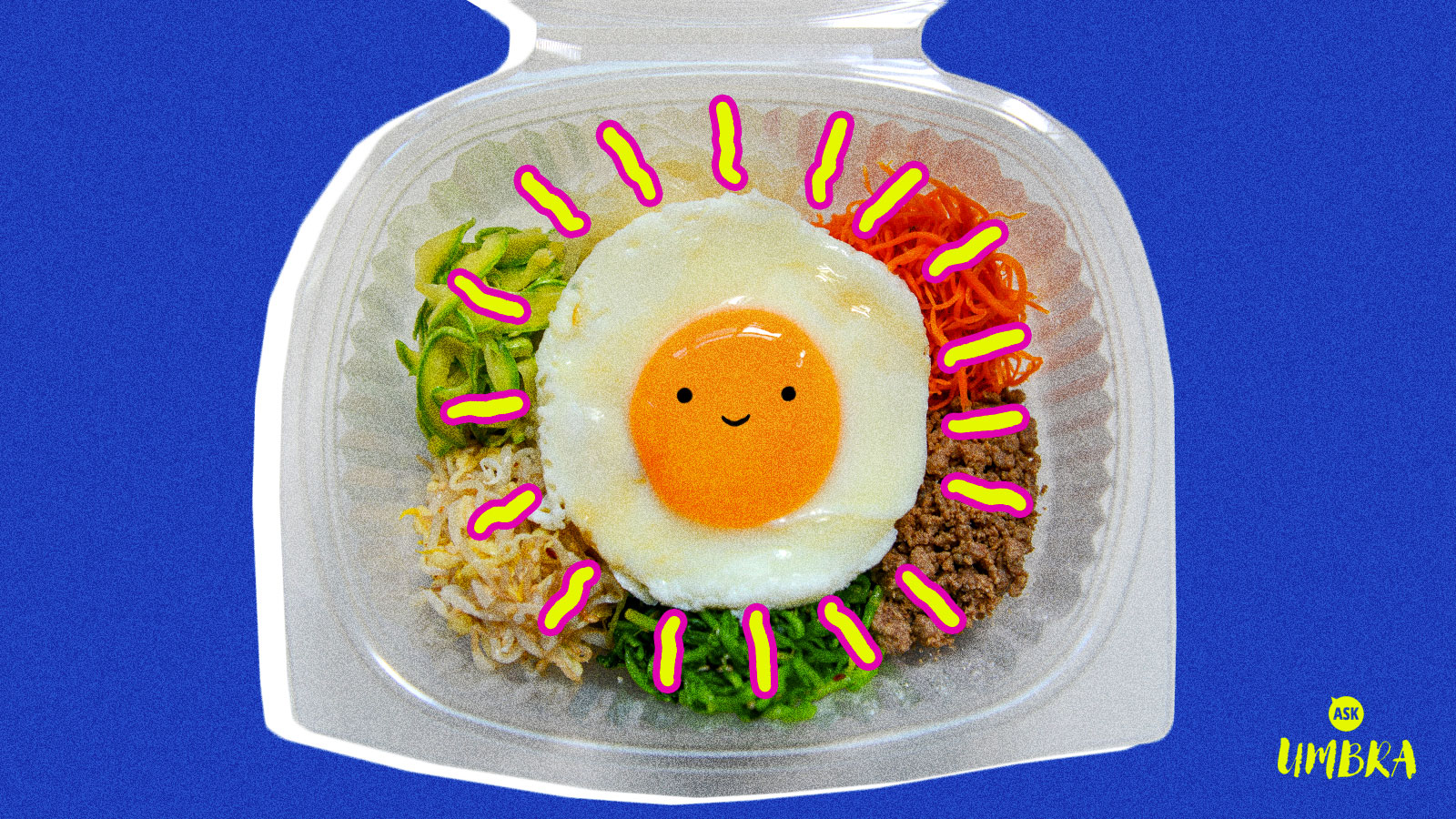Q. Dear Umbra,
I’m so confused about how to store food. They say plastic is bad, but glass is heavier and has a larger carbon footprint during transportation. Which is better?
— Wondering Regularly About Preservation
A. Dear WRAP,
I know that the whole premise of an “environmental advice column” is one that lends itself to overthinking. Every single “eco-conscious lifestyle decision” is fraught with so many variables and competing metrics for success that it’s super easy to tumble into a deep anxiety spiral as soon as you seriously contemplate any of them.
That’s why I’m here, but I confess that I’m also kind of weary of trying to identify the least bad of your available choices. Because they are, to be clear, mostly bad choices; there’s no ethical consumption under capitalism, etc.
You want to know the best way to protect your food from oxygen and moisture, those sworn enemies of basically anything edible. And “best,” by your definition, is the most environmentally conscious. This is where things get tricky. Is the most environmentally conscious method the least carbon-intensive to produce? The easiest to recycle? The least likely to leach potentially harmful chemicals into the ecosystem or, like, your intestines?
“Plastic is bad,” in your terms, mostly because of how it’s used and disposed of. That is to say, it’s used once and then thrown out — either into the recycling or, when it’s too dirty or too complicated a material to actually recycle, straight into the landfill. Even beyond that, there’s the fact that plastics can wander out of landfills into waterways and oceans, which is how we ended up with the anti-straw campaign that’s filled all of our rotten brains with images of impaled turtles. The ocean’s plastic trash can also break down into microplastics that get eaten by fish and other aquatic wildlife before being transferred back to humans, in a kind of horrible modern circle of life.
ICYMI — it’s literally impossible that you read this website and Missed It, but just in case — in 2017, China established new restrictions on what it would accept from the U.S. recyclables market. And, surprise surprise, U.S. recycling facilities found themselves largely unequipped to deal with the fallout. Not that recycling was so great and effective before 2017, either. A U.S. Public Interest Research Group analysis from last fall found that, in 2015, the quantity of plastics recycled (3 million tons) was less than the amount burned (5 million tons), and both were dwarfed by what was put in the landfill (26 million).
Plastic is already everywhere. We’ll probably be dealing with the fallout for the rest of our lives. That’s not to say that you have to play a part in creating tons and tons of new single-use or even very-few-uses plastic. In fact, that’s exactly what polluters want: As the demand for renewable energy spikes up, fossil fuel companies are looking to pump their product into increased plastic production.
But glass comes with its own issues! The environmental impact of producing a glass bottle is significantly greater than producing one made of plastic. To think of it another way, you’d have to reuse that glass bottle multiple times to have its carbon impact per use equal that of the plastic one. And you’re right that the weight of glass means it requires more fuel for fewer units to be shipped to your home or carted around to different recycling facilities. This fact makes glass even more environmentally burdensome now that more municipalities are getting rid of the option to recycle glass altogether. Realistically, most “recycled” glass in places that no longer accept it curbside just ends up in the landfill.
That’s all to say that it could be counterproductive to replace your entire plastic Tupperware collection with glass, just because plastic is getting a (well-earned!) bad rap right now. Use all that plastic storage to hell. I have three-year-old deli containers from the olive bar at the grocery store (I am an addict!) doing work to maintain the structural integrity of some chickpeas in my refrigerator right now. If you’re worried about the health ramifications of plastic chemicals leaching into your food, don’t microwave them! Don’t wash them in really hot water, if you want to be extra freaking careful! (That’s the end of my capacity to give medical advice, and frankly that’s not what I’m here for.)
But if you have a large collection of glass containers, don’t trade them in for Ziploc bags just because those require fewer resources to produce. Are you seeing my point? You can weigh the pros and cons and footprints and contaminants of different types of food storage all day long, but what really matters from an environmental perspective is that you maximize the usefulness of what you have.
Nina Goodrich, the executive director of the Sustainable Packaging Coalition, made a point in conversation that will stick with me: The carbon and water footprint of the food you buy could easily exceed that of whatever container you store it in. If you care about resource conservation and limiting emissions above all else, isn’t it more important that the container just … works? If you want to use the same bread bag 25 times over to preserve your lettuce, doesn’t that just make the bread bag really goddamn efficient?
Don’t overthink it. Use what you have, and don’t throw anything away before you really have to. If you’re primarily concerned about environmental impact, feel free to reuse (get it) that directive as much as humanly possible, in almost any context.
Repetitively,
Umbra



